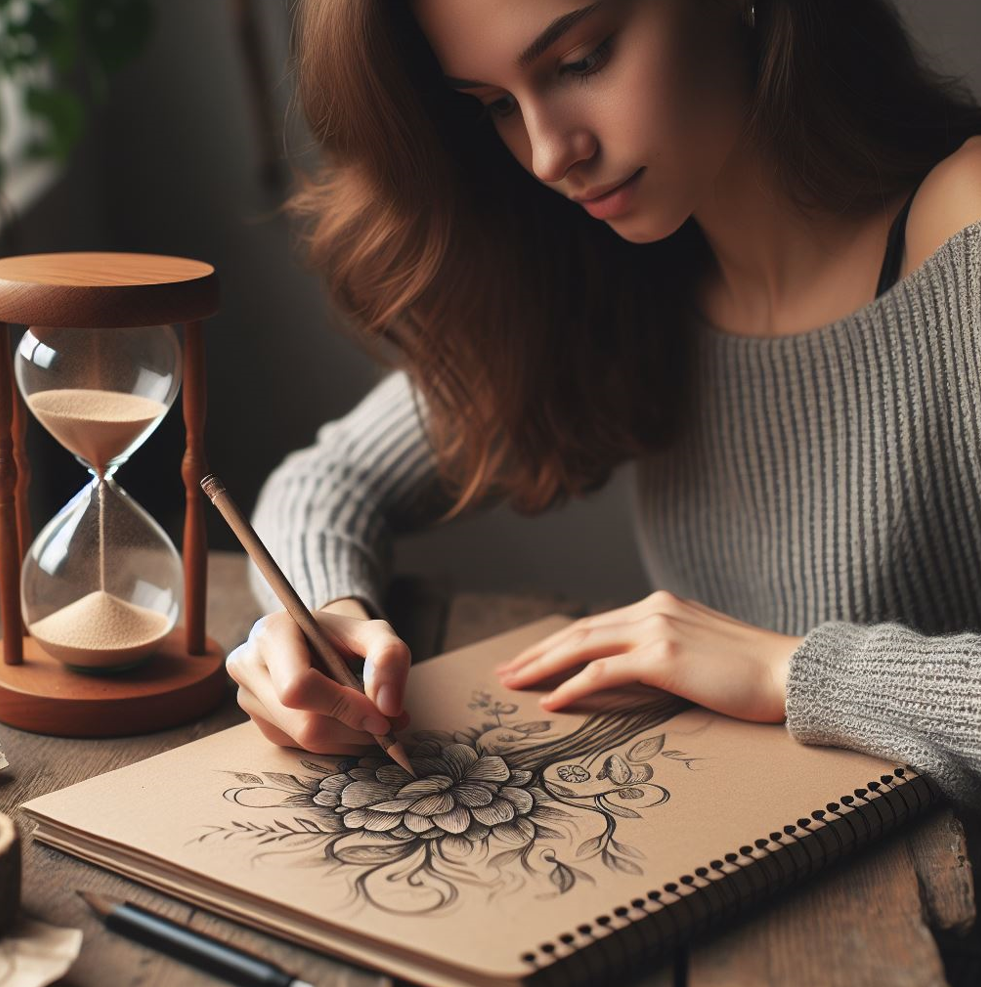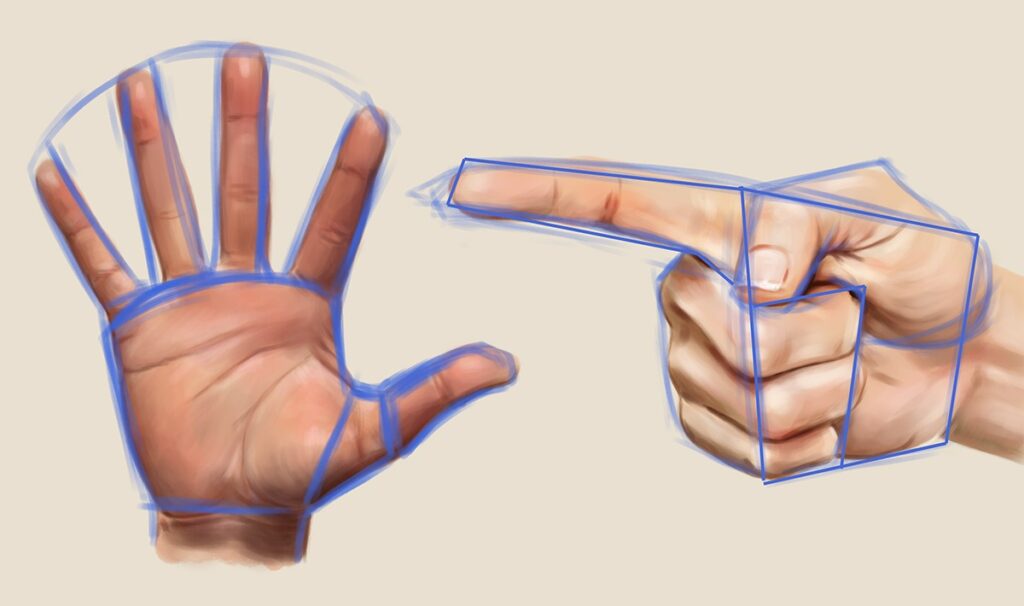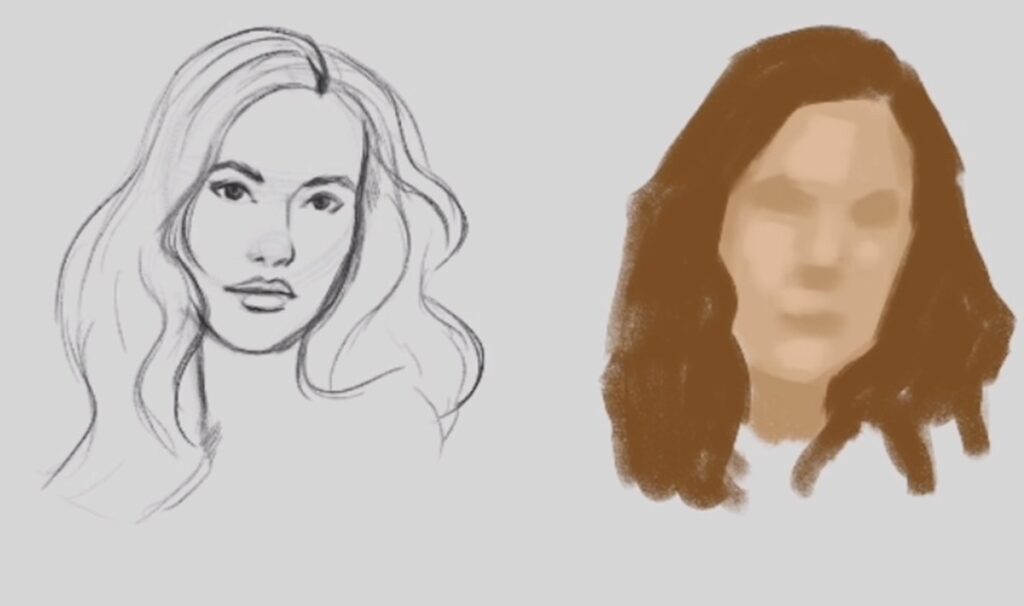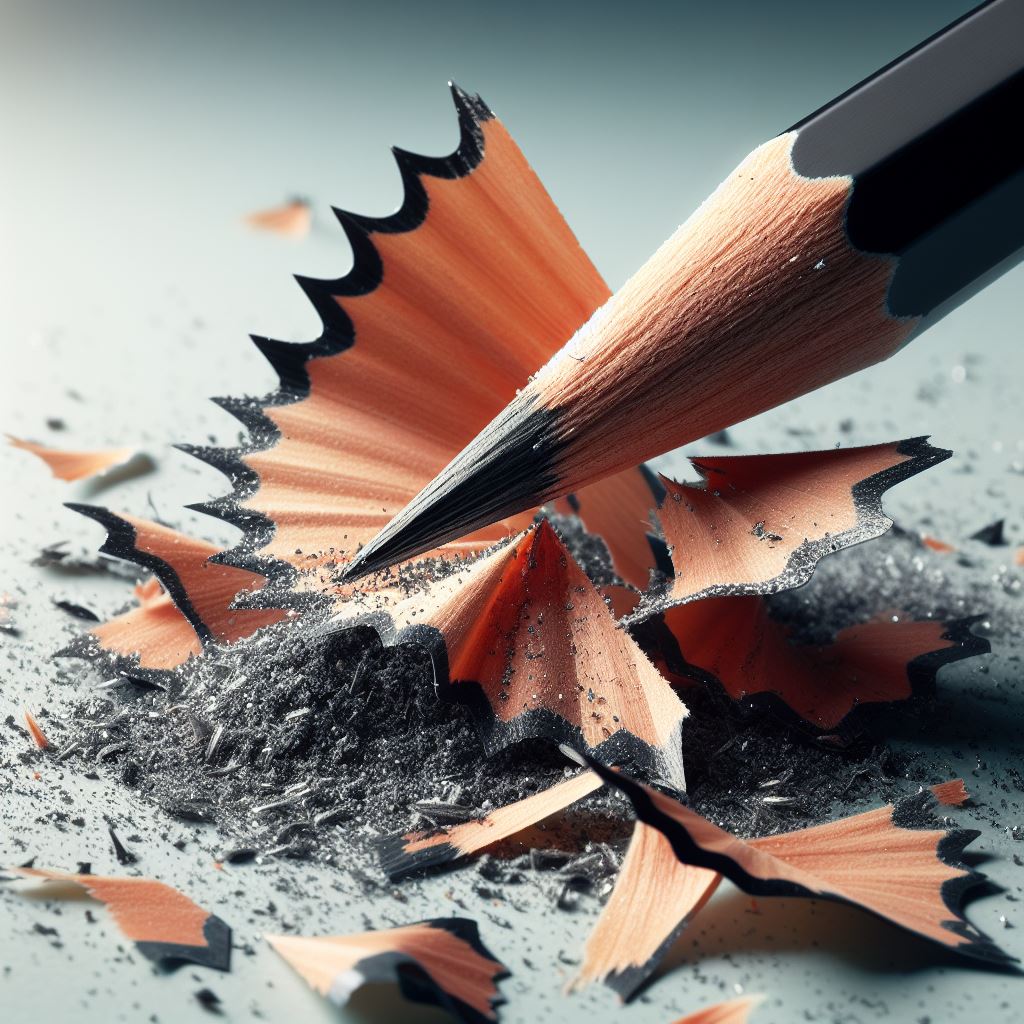A proficient sketch serves as a solid foundation for artwork, while also serving as a valuable tool for honing drawing skills. Sketching doesn’t necessarily demand extensive time commitment, and through intentional practice, noticeable improvements can be achieved swiftly. Below are ten beginner-friendly sketching suggestions aimed at accelerating skill development.
1. Cultivate a Daily Sketching Habit
Incorporating a daily sketching routine into your life can significantly enhance your drawing abilities over time. Even dedicating just a brief 10-minute session each day can yield substantial improvements. By keeping a sketch pad or utilizing digital tools like an iPad readily accessible, you can seize any spare moment to hone your sketching skills. Remember, the goal isn’t perfection but rather the enjoyment and refinement of your craft through consistent practice.
2. Employ Time Constraints
Implementing time constraints during your sketching sessions can be a valuable technique to sharpen your focus and streamline your artistic process. By imposing limitations, such as a 10 or 15-minute window initially, you compel yourself to distill the essence of your subject matter swiftly. As you grow more adept, challenge yourself with even tighter time frames, like 5, 2, or even 1-minute sketches. This approach encourages the refinement of your observational skills, as you learn to capture the essence of objects through simplified shapes and forms, rather than becoming bogged down in unnecessary details.

3. Begin with Basic Geometric Forms
Initiating your sketch with fundamental shapes serves as an effective strategy to lay down the foundation of your artwork. Train yourself to perceive the underlying geometric forms within your subject matter. Whether it’s identifying circles, rectangles, or triangles, embracing this approach facilitates the simplification of complex objects. Consider mentally deconstructing your subject into these basic shapes or utilize them as a preliminary framework directly over your reference image. This method not only aids in establishing proportion and composition but also nurtures your ability to visualize and deconstruct intricate subjects into more manageable components.
4. Embrace Diversity in Subjects
Challenge yourself to diversify your sketching repertoire by exploring a wide array of subjects. Resist the temptation to solely rely on familiar or comfortable themes and instead venture into uncharted artistic territories. Experimentation is key; consider tackling subjects that may lie outside your usual comfort zone. For instance, I recently embarked on sketching a horse, a subject I hadn’t tackled in years. Engaging with unfamiliar subjects injects a sense of freshness and excitement into your artistic endeavors, fostering growth and expanding your artistic horizons. Embrace the opportunity to break free from routine and explore the vast spectrum of subjects that await your creative interpretation.

5. Exploit the Versatility of Layers
When sketching digitally, the utilization of layers proves invaluable. This feature empowers artists to construct their sketches in a hierarchical fashion, enhancing control and refinement. Commence by laying down a foundational rough sketch on the initial layer, establishing the basic structure and composition. Subsequently, progress to subsequent layers to iteratively refine the sketch, gradually enhancing details and intricacies. By modulating the opacity of preceding layers, the artist can seamlessly integrate refined elements onto the evolving composition. Should further refinement be desired, additional layers can be employed, enabling the artist to fine-tune and perfect the artwork with precision and flexibility.
6. Embrace Iterative Sketching
An effective technique to infuse vitality and fluidity into sketches involves creating new iterations from existing ones. This practice encourages artistic spontaneity and innovation by liberating the artist from the constraints of direct reference. Leveraging the initial sketch as a foundation, artists embark on a journey of reinterpretation, generating fresh perspectives and compositions without reliance on external stimuli. This iterative approach fosters creative exploration, allowing for the exaggeration and embellishment of elements to imbue the artwork with personality and dynamism.
7. Employ Line Extensions for Precision
Achieving accuracy in sketch proportions necessitates a meticulous approach to line extension. By referencing the subject, artists can visualize the natural termination points of lines when extended. This technique can be executed both tangibly, by physically drawing over the reference, and mentally, by visualizing line extensions with precision. Through strategic line extensions, artists refine their observational skills and ensure the faithful representation of proportions, enhancing the realism and coherence of the final artwork.

8. Exploration of Sketching Techniques
Sketching offers a multitude of approaches, each with its own distinct characteristics and outcomes. One method involves using lines to delineate forms and structures, providing a detailed representation of the subject. Alternatively, artists may opt for a broader approach, employing large brush strokes or blocks of color to depict shapes and values within the sketch. Experimentation with these diverse techniques is encouraged, allowing artists to discover the method that best aligns with their individual style and preferences. By embracing various sketching methods, artists gain insight into their strengths and areas for improvement, ultimately refining their artistic prowess and expanding their creative repertoire.

9. Explore a Variety of Brushes
Delve into the realm of artistic tools by experimenting with an array of pencils and brushes. Different brushes can yield unexpected and unique effects, infusing a sense of novelty and creativity into your work. Platforms like Procreate offer a plethora of brush options to explore and incorporate into your artistic repertoire. Take the time to test out various brushes, observing how they interact with the canvas and influence your artistic expression. This process not only keeps your creative juices flowing but also allows you to discover brushes that resonate with your style and vision.
10. Engage in Life Drawing
My ultimate recommendation is to immerse yourself in the practice of life drawing. Embrace spontaneity by sketching ordinary objects or scenes from your immediate surroundings. This approach not only serves as an excellent opportunity for daily sketching but also acts as a fundamental exercise in honing your artistic skills. Drawing from life cultivates a keen eye for observation, enabling you to capture nuances in form, texture, and perspective with greater accuracy. The beauty of life drawing lies in its accessibility – you can engage in this practice virtually anywhere, whether you’re at home, outdoors, or traveling. Embrace the diversity of subjects that life presents, and allow each sketching session to enrich your artistic journey.




